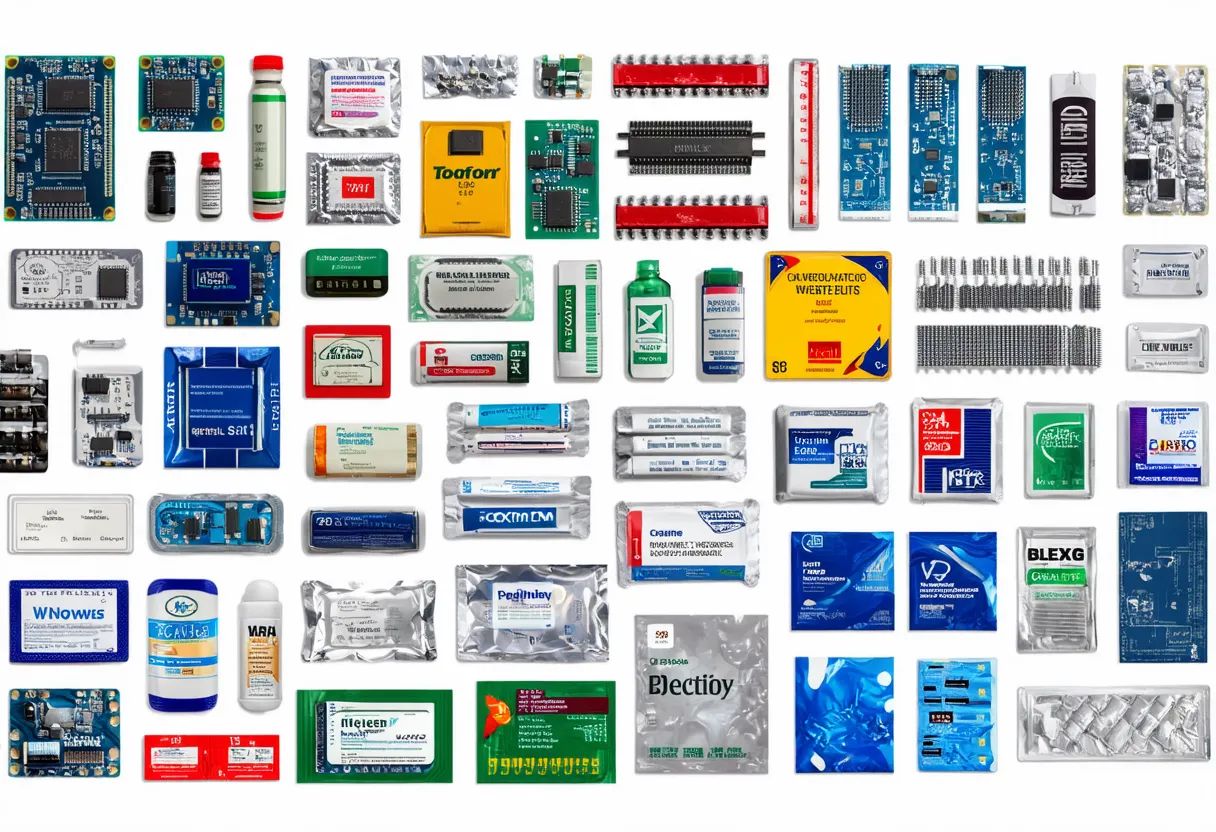Malta, with a population of 531,113, is ranked 162nd in the world, just behind Cabo Verde. Located in the Mediterranean Sea, Malta covers a total area of 320 square kilometers, ranking 179th globally, just below Grenada.
Malta’s economic position in 2022 is relatively stable, with a GDP of $18,125,564,514.26, ranking 124th globally. It is just behind Mozambique, whose GDP stands at $18,406,835,954.67. In terms of GDP per capita, Malta ranks 32nd with $34,127.51, slightly trailing Italy with a GDP per capita of $34,776.42.
Despite facing challenges, Malta’s economy continues to show resilience and potential for growth, positioning it favorably in the global economic landscape.
What are the economic activities of Malta?
- Primary activities: 1.1% of GDP.
- Secondary activities: 10.2% of GDP.
- Tertiary activities: 88.7% of GDP.

Primary Sector of Malta
Malta’s primary sector, particularly agriculture, thrives due to its Mediterranean climate and fertile soil. With 27.34% of the land dedicated to agriculture, the country produces a variety of crops and animal products, including milk, tomatoes, onions, potatoes, and pork. Despite contributing only 1.1% to the GDP, agriculture remains significant for food security and employment.
The top ten agricultural products, such as chicken, cabbages, and grapes, showcase the diversity and importance of Malta’s agricultural sector.
The geological diversity of Malta contributes to the availability of natural resources such as limestone, salt, and arable land. These resources play a significant role in the country’s economy, with limestone used in construction, salt in food production, and arable land supporting agriculture and food security.
Secondary Sector of Malta
What is the secondary sector or what are secondary activities?
The secondary sector involves industries that transform raw materials from primary activities into finished products for consumption. In Malta, key industrial products include electronics, ship building and repair, construction, food and beverages, pharmaceuticals, footwear, clothing, tobacco, aviation services, and information technology services.
Manufactures play a crucial role in Malta’s total exports, accounting for 82.28% in 2023. This highlights the significance of the manufacturing sector in driving the country’s economic growth and trade competitiveness.
Tertiary sector of Malta
What is the tertiary sector or what are tertiary activities?
The tertiary sector in Malta encompasses services that contribute to the economy through knowledge and time. Key activities include Restaurants, Healthcare, Education, Banking, Communication, Tourism, and Transportation. These services enhance productivity, performance, and meet various needs in both consumer and business settings.
Of particular importance, Malta’s economy heavily relies on tourism, contributing significantly to its GDP. With an impressive 3,519,000 annual arrivals and a tourist to population ratio of 6.6257, the island nation boasts popular destinations like the historic Valletta and the picturesque Blue Grotto, attracting visitors worldwide.
Another example of tertiary economic activity is the mobile cellular sector, with approximately 702,000 subscriptions, equating to 132 per 100 inhabitants. This connectivity fosters technological growth, enhancing innovation and digital services.
Military Activities and Economic Sectors of Malta
The military is a great example of how different economic activities work together. In the primary sector, resources are extracted for military use. The secondary sector involves the manufacturing of military equipment. The tertiary sector includes services provided by the military, while the quaternary sector focuses on military research and development. Lastly, the quinary sector deals with high-level military decision-making and strategy.
In Malta, the military expenditure for 2023 is 112.6 million US dollars, which is 0.499% of the country’s GDP. The active military force consists of 1,950 personnel, resulting in about 4.7 active military members for every 1,000 people in the country.
International Trade of Malta
Import Activities of Malta

Import activities in Malta are crucial, accounting for 152.45% of GDP in 2023, totaling 8.39 billion USD, highlighting its significant economic impact.
Malta’s key import activities include ships, refined petroleum, aircraft, integrated circuits, and packaged medicine. Its top import partners are Italy (14%), China (11%), South Korea (11%), Germany (10%), and Canada (5%).
Exports Activities of Malta

Malta’s total exports in 2023 amounted to $3.47 billion, with exports contributing 165.29% to the GDP. This high percentage underscores the critical importance of export activities to Malta’s economy.
Malta’s export activities are diverse, with top partners like Germany, Italy, France, Japan, and Singapore. Key export commodities include integrated circuits, medicine, petroleum, fish, and postage stamps/documents.
Malta economy challenges in 2024
In 2024, Malta faces economic strain due to rising food and energy costs. High immigration and welfare demands strain resources. Tourism and trade sectors struggle amidst global uncertainties. The educated workforce seeks stability amid challenges.




Leave a Reply